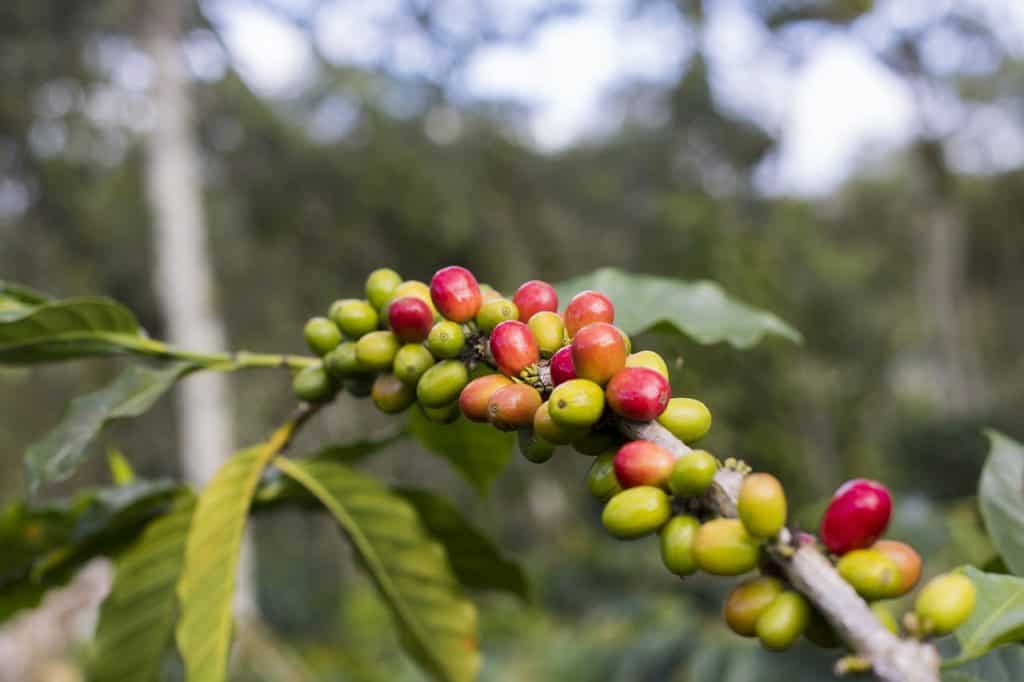There is a lot to tell about coffee fermentation. Therefore, we will talk about all the facts you need to know and the different fermentation methods.
Coffee Fermentation
A coffee bean starts its journey as a coffee cherry, with the beans sitting in the center of the cherry. When the berry has been picked, the pulp is removed by machine leaving only the bean. There is, however, still one part around the bean; a pectin-based mucous layer called the mucilage. The final purpose of fermentation is to remove this layer and to facilitate chemical transformations within the coffee beans.
Washed
The harvested berries are first soaked to remove the ripe from the unripe berries. The ripe berries will sink to the bottom, and the unripe berries usually float due to their lower density. Then, a depulper removes the pulp from the coffee berries. Finally, the freshly depulped beans are fed through water channels which will lead them to fermentation tanks, where the fermentation process takes place.
Honey
During the Honey process, we start by removing the pulp of the coffee cherry. However, a small percentage of this pulp is left behind during drying; we call this the Honey. The Honey ultimately provides the unique flavor profile of the coffee bean. The Honey ferments on the bean for a period of 18 to 25 days. The advantage of this method compared to the dry method is the fact that this method entails less spoilage because the pulp has been largely removed.
Dried
The first difference compared to other methods is that with the dry method, the coffee cherries do not go through the depulping machine first. After this, we completely dry the coffee cherries. This ensures a higher flavor transfer between the pulp and the bean. It is also easier to remove the cherry from the bean after drying

Learn more about coffee roasting: Giesen Coffee Roasters Blogs





